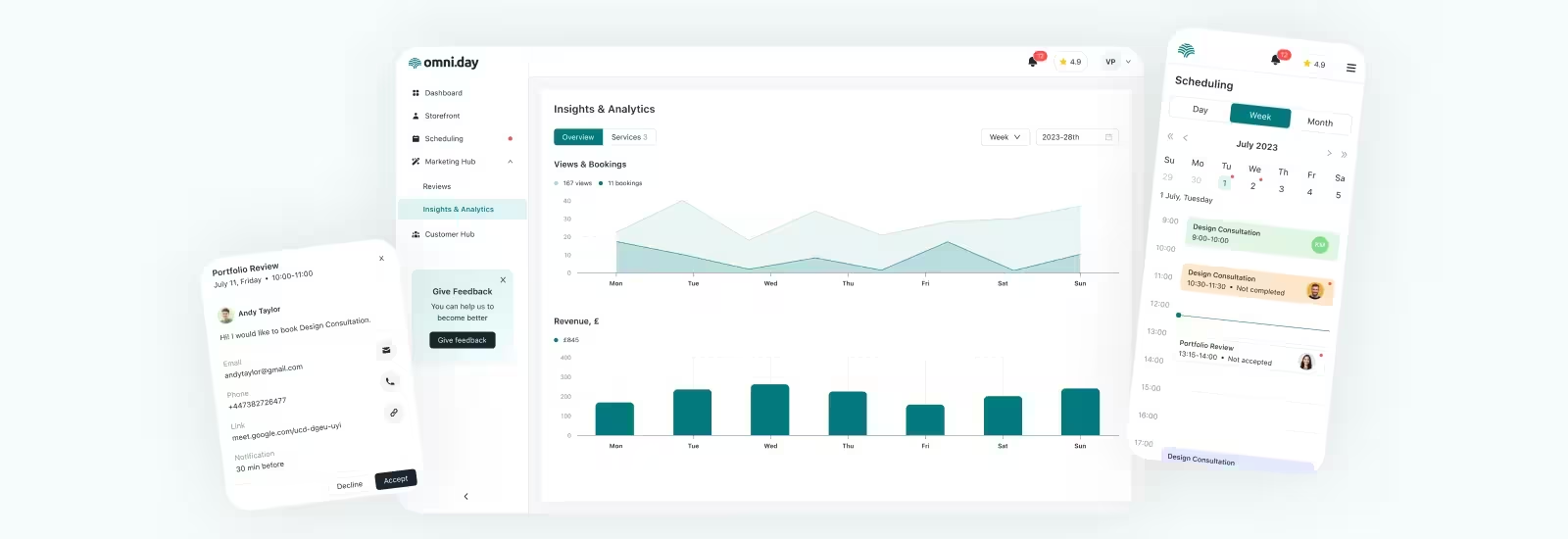Blog
educational
-
Test Design Techniques overview. Part 2: Software testing example
Quality assurance engineers use a lot of tools that help them identify software vulnerabilities, reduce the number of errors and unpredictable results, and thereby improve the end product. It’s important to note that when we use the…
-
5 tips to test mobile applications effectively
As a QA engineer and then as a QA Technical Lead, I’ve been facing a lot of routine and repeatable tasks when testing native mobile apps. I also encountered a great number of unapparent things that are…
-
What is a Product Development Strategy: Types & Examples
In a world where trends shift faster than ever, staying ahead requires more than just innovation — it demands well-planned app development. Read our article if you are interested in the strategies that can help businesses predict…
-
Offshore Software Development Rates by Country
The rapid changes in the digital landscape lead businesses to choose offshoring for cost minimization, access to a wider talent pool, and time-to-market acceleration. According to ISG, 57% of the 2000 largest global companies choose technical partnerships…
-
How to Manage Distributed Teams Across Various Time Zones
Have you ever come across talented professionals but hesitated to choose them due to different time zones? The last few years have demonstrated that geographical borders are no longer a barrier to building an exceptional team. With…
-
Hardware Testing: Peculiarities and Difficulties
In the modern IT industry, where quality and efficiency are highly valuable and cutting-edge technology is the prioritized factor of constant development, testing hardware in interaction with software is becoming extremely important. Hardware testing is a too…
-
Application Modernization Strategies: How to Choose and Implement
With the focus on remaining competitive in today’s overcrowded digital markets, updating applications has become a key to everlasting business success. Transforming existing software with new technologies can not only improve the app’s functionality but also satisfy…
-
Migrating to Google Analytics 4
You already know that Google is transitioning from Universal Analytics (UA) to its updated version, Google Analytics 4 (GA4). Furthermore, as Google Support says, Google feels a sense of urgency to begin the migration. As of July…
-
Test Cases vs Checklists: Choosing the Right Test Documentation
It’s no secret that many aspects of the product creation process rely heavily on documentation. This serves to consolidate completed processes and facilitate communication among QA Engineers, both present and future. The two most common types of…
-
Creating Custom UI Library
When creating a UI library is inevitable Imagine you have a commercial product that is growing expansively, let’s take a taxi app, for example. Everything is going well; new features are being added in no time, the…
-
Technology Migration: How to Change Database on the Live Website
Have no fear of moving into the unknown. Let’s start with the main spoiler: we sped up the app loading time by ~80 times. We achieved this through a comprehensive migration from Firebase Realtime Database to PostgreSQL,…
-
What Does A Perfect QA Process Look Like
A QA team obviously improves the quality of your product because they know the product better than anyone else and are constantly continuing to explore it to find functional flaws or defects and UI/UX imperfections. But how…
Boost your business with custom software
Tell us about your business needs and we’ll suggest a solution
Thank you!
We have received your request and will get back to you within 1 business day























